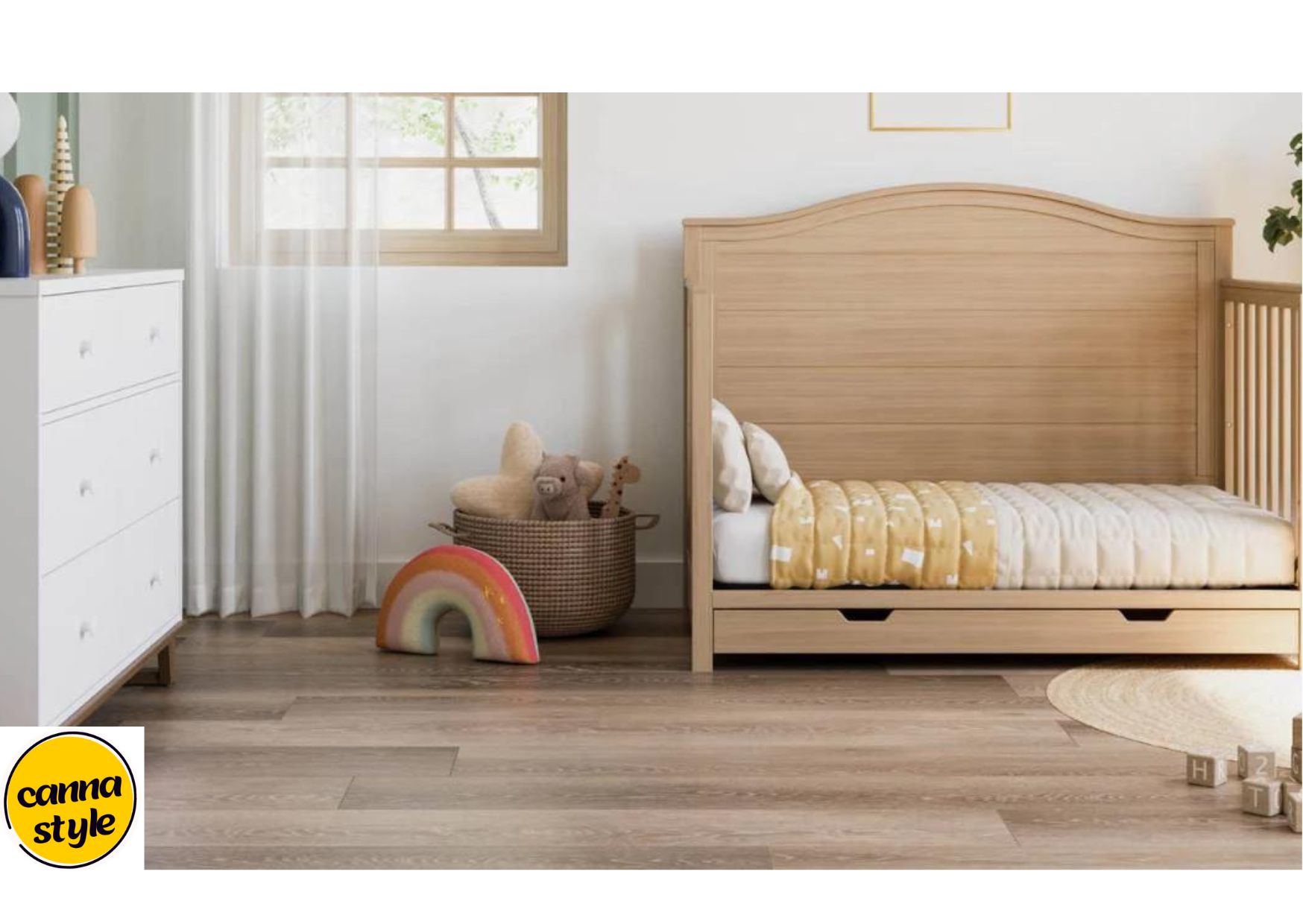Choosing the right brick colors range is a vital choice in structural and configuration projects. Brick give underlying trustworthiness as well as essentially add to the stylish allure and generally speaking mood of a structure. This article investigates different elements to consider while picking the idealbrick colors range, offering bits of knowledge and viable tips for draftsmen, originators, and property holders the same.
Brick colors Significance
The shade of blocks establishes the vibe for the whole structure exterior or inside space. It can bring out warmth, polish, advancement, or custom relying upon the tones picked. The right block variety improves engineering highlights, supplements encompassing scenes, and could influence the energy proficiency of a structure.
Variables to Consider
Structural Style
The structural style of the structure ought to direct the decision of block tone. Conventional styles like Pilgrim or Tudor frequently utilize red or earthy colored blocks, while current engineering might choose sleeker, unbiased tones like dim or white-washed blocks.
General Climate
Think about the regular environmental factors and finishing around the structure. Blocks ought to blend with the shades of the climate, like the foliage, soil, and adjoining structures, to make a strong and outwardly satisfying outside.
Environment and Daylight
Block tones can seem different relying upon daylight openness and environment conditions. In bright environments, hazier blocks might assimilate more intensity, affecting energy effectiveness. Lighter shades can reflect heat and keep up with cooler indoor temperatures.
Toughness and Support
Pick brick colors that are tough and require negligible upkeep after some time. Factors like climate obstruction, protection from blurring, and simplicity of cleaning ought to impact variety determination, particularly for open air applications.
Types of brick colors Palettes
Conventional Tones
Red Blocks: Exemplary and immortal, ideal for conventional and rural feel.
Earthy colored Blocks: Warm and hearty tones that mix well with regular scenes.
Current Neutrals
Dim Blocks: Smooth and contemporary, appropriate for moderate and modern plans.
White-washed Blocks: Spotless and brilliant, ideal for beach front or present day farmhouse styles.
Custom Tones
A few producers offer adjustable choices, permitting modelers and fashioners to make tailor made block colors that match explicit venture necessities and plan dreams.
Choosing the Right Shade
While picking a block tone:
Get Tests: Solicitation tests of various block tones to perceive how they thoroughly search in normal light and against existing materials.
Think about Surface: Block surfaces can upgrade or mellow variety tones. Smooth blocks might mirror light uniquely in contrast to finished or harsh surfaces.
Plan Contemplations
Complement Tones
Consider utilizing accent colors in brickwork for a point of convergence or to supplement other building components like window casings, trim, or roofing materials.
Visual Effect
Block tones can outwardly modify the view of a structure’s size and shape. Lighter tones might cause a design to seem bigger, while hazier varieties can add profundity and aspect.
Conclusion
Picking the ideal block variety range includes insightful thought of engineering style, ecological environmental elements, environment variables, toughness, and stylish inclinations. Via cautiously gauging these contemplations and investigating different variety choices, modelers and mortgage holders can make structures that are fundamentally solid as well as outwardly hitting and agreeable with their environmental elements.







